Continuing from part 1
Please note that this text is fiction, an analysis of how superheavy tanks would fare in WW2. No prototype FCM F1 was ever built.
The FCM workshops were bustling with activity: 12 tanks, all 75 percent completed, were waiting to be finished. The construction of them began with significant risk for the company before the final approval, but this risk allowed to send the tanks to the army well ahead of the deadline, after the order was finally approved. True, most of the corrections the army requested afterwards were not implemented, but F1′s successor – the F2 – was already starting to appear on the designer drawing boards. The F2 was to have all the wishes and improvements the army wanted for the F1 design.
The hull was now wider, but a bit shorter and to improve terrain passability, the vehicle recieved dual track and all the turrets were fitted with artillery rangefinders. The armament was also changed: instead of the 47mm gun, that was useless in fighting enemy fortifications, the forward turret recieved a 105mm Schneider Mle.1936 howitzer. This is how it would have looked (compared to the old F1):
In the meanwhile, 12 FCM F1 superheavy tanks were transferred to the army on 23.2.1941. They formed a separate tank batallion and until summer they were used for propaganda purposes – the appearance of this monster on the front lines improved the combat spirit of French soldiers and it made the civillians believe that the home industry too can produce superweapons to fight the enemy. As a result, FCM got an oder for 36 more superheavy tanks and began to work on it.
Problems came around Summer 1941 – overloaded with the amount of military orders, the company Schneider did not succeed in producing the required amount of turrets (now, they had not only to produce the rear turrets, but the front turrets as well). This allowed Nicholas Strauss-Kahn, a young designer at FCM, to develop his idea of arming the FCM F1. He proposed to use the F1 chassis to produce a superheavy self-propelled gun. This decision was forced by the lack of turrets, but it turned out to be a good one.
The idea itself was not new: the French built such self-propelled guns as early as WW1 before, when St.Chamond built what was basically an artillery tractor, connected to a self-propelled gun. Considering the fact there was a huge number of artillery calibers in service, the developers decided not to limit themselves by one. Prototypes were made with both 194mm and 280mm guns, but also with the 220mm Schneider M17 howitzer. By the way, they were mobilized again in 1939 and proved to be quite effective against German field fortifications. This is how it looked:
Either way, now the idea was to install the French 155mm Canon de 155 Grande Puissance Filloux (GPF) mle.1917 high-power howitzer on the F1 chassis. This gun would fit perfectly into the huge assault tank. As FCM already had enough experience with “risking” building something before the army orders came thru, it decided to tried its luck one more time and to start building 4 of these turretless tanks. During the construction process, the rear part of the vehicle housed now a superstructure, made of 60mm plates. Inside this superstructure there was the modified 155mm GPF gun plus the ammunition. The access to the superstructure was allowed via a passage in the rear part of the vehicle. The frontal turret was also not installed, there was just a miniturret with two 7,5mm machineguns on the roof of the superstructure, that could – if necessery – fire also at airborne targets.
All four SPG’s were finished on 11.7.1941 and they were presented (without the gun installed) to the military committee. The artillery corps members praised the vehicle, especially due to the fact they had more than enough guns to use for its armament. The guns were provided by the army within one month and firing tests were performed. It went so well that not only the army accepted the 4 pieces, they ordered 16 new ones under the FCM F3A designation.
In the beginning of 1942, the French started finally mass-producing the FCM F2, replacing the previous model in the Toulon FCM plant production. However, despite the experience gathered previously, the production of superheavy tanks remained to be a complicated and very expensive thing. At the same time, the army started to re-evaluate the need for superheavy tanks too, especially since one such a vehicle, that was already proving to be somewhat obsolete, “ate” enough resources to produce ten G2 or several ARL42 tanks (SS: both are fictional designs in this “alternate time line”). Also, on the field of battle, the F1 was a really big target for the German aircraft. The F3A artillery however proved to be very effective artillery piece.
As a result of this experience, it was decided to gradually cancel the production of the superheavy F2 and to develop a new SPG on its basis – but this time for the 194mm GPF gun. The prototype was built in Summer 1943 and after the tests the mass-production started. It had a new chassis with torsion bar suspension and single wide tracks (not doubled anymore). The French partially copied German solutions and made the roadwheels cover themselves partially like in the Tiger (of course, the French swore they came up with it first). The 194mm gun with wide traverse angles was installed in a more spacy superstructure. To compensate for the massive recoil of the gun, the vehicle recieved a large brace in the rear part. A miniturret with twin AA Hotchkiss 13,2mm machinegun was installed on the superstructure.
Silentstalker:
And here’s where the original article ends. While I usually try not to post anything about fictional vehicles, I think this post illustrates well the way the superheavy development would go. Eventually (if not discarded completely), the superheavy hulls, that had very limited tactical use (consider the impracticality of railroad travel, the impossibility to cross bridges due to weight, the sheer size and poor terrain passability in mud) would eventually evolve into strategic large superheavy anti-fortification artillery pieces, because in such a case, no rapid movement was required, simple because the enemy fortress would not go anywhere. On the plus side, such a vehicle is somewhat more practical than railroad artillery, that took (literally) weeks to set up for proper firing positions and for the resources and manpower required to operate, it was not very cost-effective (despite causing significant damage on several occasions in the war).
However, that does not mean such a solution is practical on the grand scale. Real life WW2 was a rapid movement conflict, where vehicles, capable of bombarding static lines were not required and the role could be overtaken by the regular mobile artillery units.


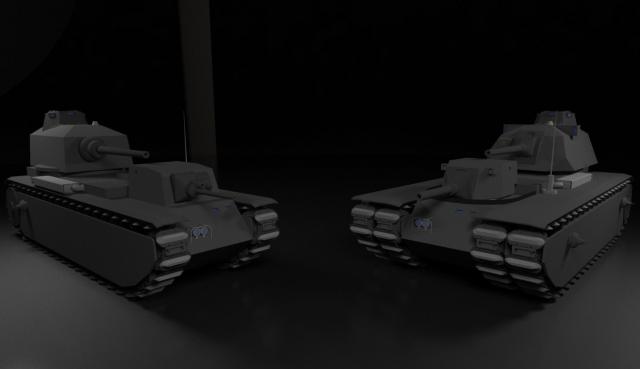
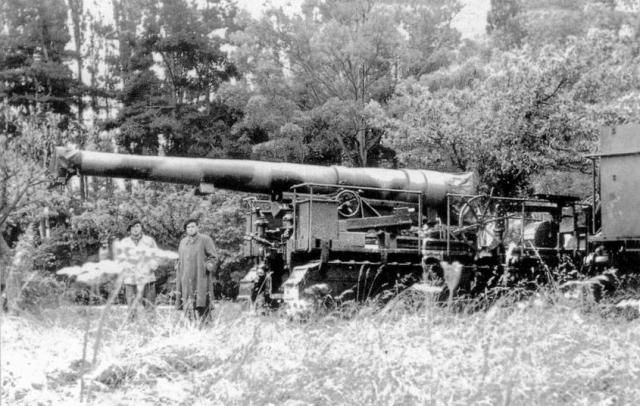

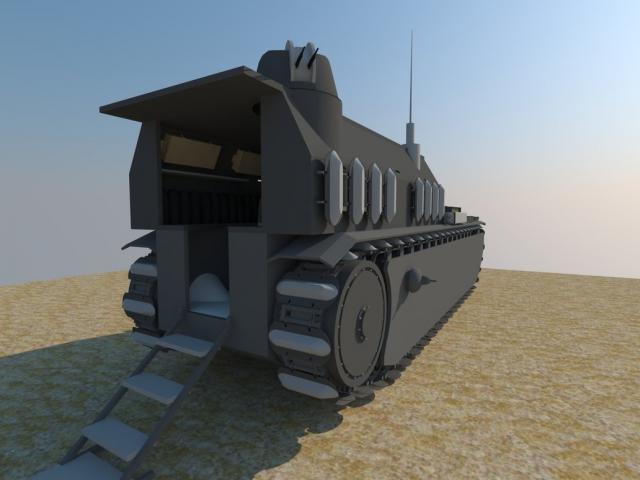
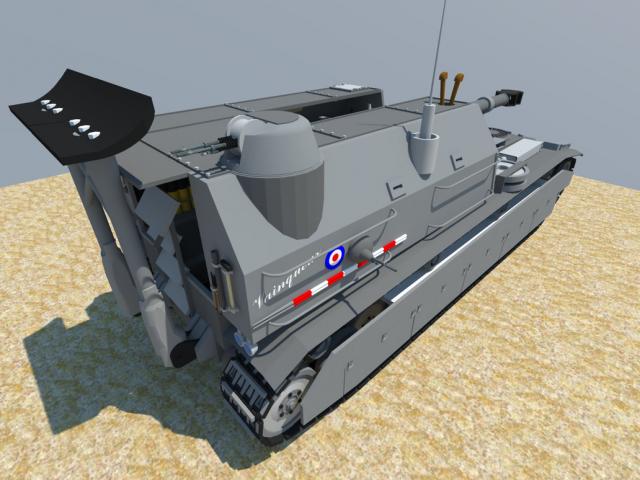
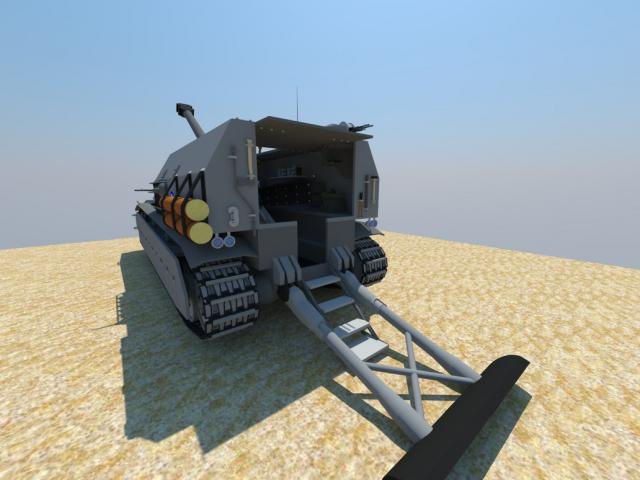

donkey?
Go home
troll?
How can I help you?
i can rape you
You can annoy us too. Donkey should be fine, Raping isn’t though. You should think about what you’re saying.
Rickroll is ear rape though, that’s the truth.
Well, this is pretty much persuading me to write an article about what Hahn Kleintiger was really supposed to be… Not sure if the players would like me writing on semi-fictional tanks though.
To be honest, I am not sure Kleintiger should be promoted, enough people believe the Achtungpanzer garbage.
If he can provide different, more reliable sources, I don’t see why he couldn’t write an article.
Do it!!!
Will be interesting for me to read :)
With a BIG disclaimer of course, though nobody will read it though and there will be posts “I want it in the game NOW”…
I will just say that in my reconstruction it’s actually a light tank and the only common thing with the Tiger are manufacturer and engine so it’s actually as far from what people imagine it is as it can get.
As long as it is clearly stated at the beginning that it’s fictional (in red if possible) then yes, I for one would be interested…
Obvious disclaimers for the win.
In addition, you can watermark any images with something like FICTIONAL or such.
Whatever you do, as long as the disclaimers and articles’ titles are less obfuscated than in the ‘Buff my tank!’ articles, it should be fine to write something like that ^.^
Err, in which way “Buff my tank!” disclaimers are obfuscated?
Quoting myself, from the BMT KV1 article:
***
In their defense: The disclaimer’s wording may be too complex for the ignorant scum (=95% of the playerbase, +/- 4,9%) to understand. Something simple like ‘The following is not a proposed/suggested buff, it is merely a composition of thingies which were historically thought of to improve the designs’ may be a good thing to add.
I am dead serious about this. The disclaimer is not straight-to-the-point enough.
***
That’s EE disclaimer, mine is:
“The “Buff my tank!” articles are meant as an historical way to look at some tanks considered underpowered in game and ways to improve their combat abilities discussed by the original german engineers.
Beware that while being sometimes ironic in tone, the article treats about both costs and benefits of every choice and it most likely will never be listened by WG as suggestion.”
I don’t know how to use bold/italic in the comments here, so please excuse me for using FULLCAPS for words I am adding to your disclaimer to make it easier to digest, IMHO:
***
The “Buff my tank!” articles are meant as A way to look at some tanks considered underpowered in game AND POINT OUT HISTORICALLY ACCURATE ways WHICH WOULD improve their combat abilities COMPARED TO THEIR CURRENT INGAME IMPLEMENTATIONS. ALL OF WHAT IS PRESENTED HERE HAS BEEN discussed by the original german engineers.
Beware that while being sometimes ironic in tone, the article treats about both costs and benefits of every choice and it most likely will never be listened by WG as suggestion, NEITHER IS THIS INTENDED AS A SUGGESTION”
***
I have added words in several places, maybe not all would be necessary at once. Replacing the ‘to improve’ in the beginning with ‘which would improve’ is probably the most important part, as well as the addition at the end. Just to give you a general idea of where I think people could misread stuff. :)
Thanks, I will use your feedback for my next disclaimer :)
Hooray :)
Great fanfiction :D
These designs look really good, it’s a shame they’re completely imaginary ;)
Nice one. I think this kind of article may widen the readers insight into why, in reality, tanks evolved as they did.
And thanks for “[It] was a really big target for [German] aircraft.”, which sums up the biggest operational flaw of ALL the superheavy designs.
You can see a lot of the design philosophy coming from WWI, where the most powerful part of the killzone were bunkers. In an era where assaults could only be by unprotected infantry, the idea was to bring your own bunkers up, allowing you to bring your strongest pieces with you. Commanders of that era saw troops much as in prior warfare, using them en masse in large-scale maneuvers.
By WWII, however, automobiles had significantly increased in reliability and mobility, which along with devastating new portable machine guns and infantry mortars shaped the battlefield into much smaller, fragmented fights where significant distances could be covered by significantly smaller units. We all know how the French designed their defense around WWI strategies of fairly static, trench-based warfare, which utterly failed against the new, higher-paced tactics enabled by these vehicles. Mobile bunkers that could easily be bypassed by the mobility enabled by this new generation of infantry vehicles and true tanks were pointless except as defensive strongholds, which could be done much cheaper and just as effectively by building static defenses. This is part of what caused the fetishizing of mobility in European post-war tank design, with armor being sacrificed to speed as seen in the Leopard 1 and AMX 30.
what.
Question:
Why does that SPG have a British roundel on it? The French colours are the other way around.
As far as I remember, the guy who made it (Giganaut) is either Russian or American, so…
Hey, don’t go lumping the rest of us with these guys? Not all Americans are morons (though admittedly a significant portion are, and they’re aren’t exactly a minority).
The twin of the SU-14-2
Will there be more “alternate histories” like this one? I really liked this.
I could make plenty for the germans but there risk of creating internet legends is extremely high and frowned upon.
It would be awesome to read, pleeaase make it alive :)
Nice, now we need someone to do a piece on Soviet multi-turrets gone wild. I’m thinking 6, 7 or even 10 turrets for the win!
This Arty is bigger than Maus.